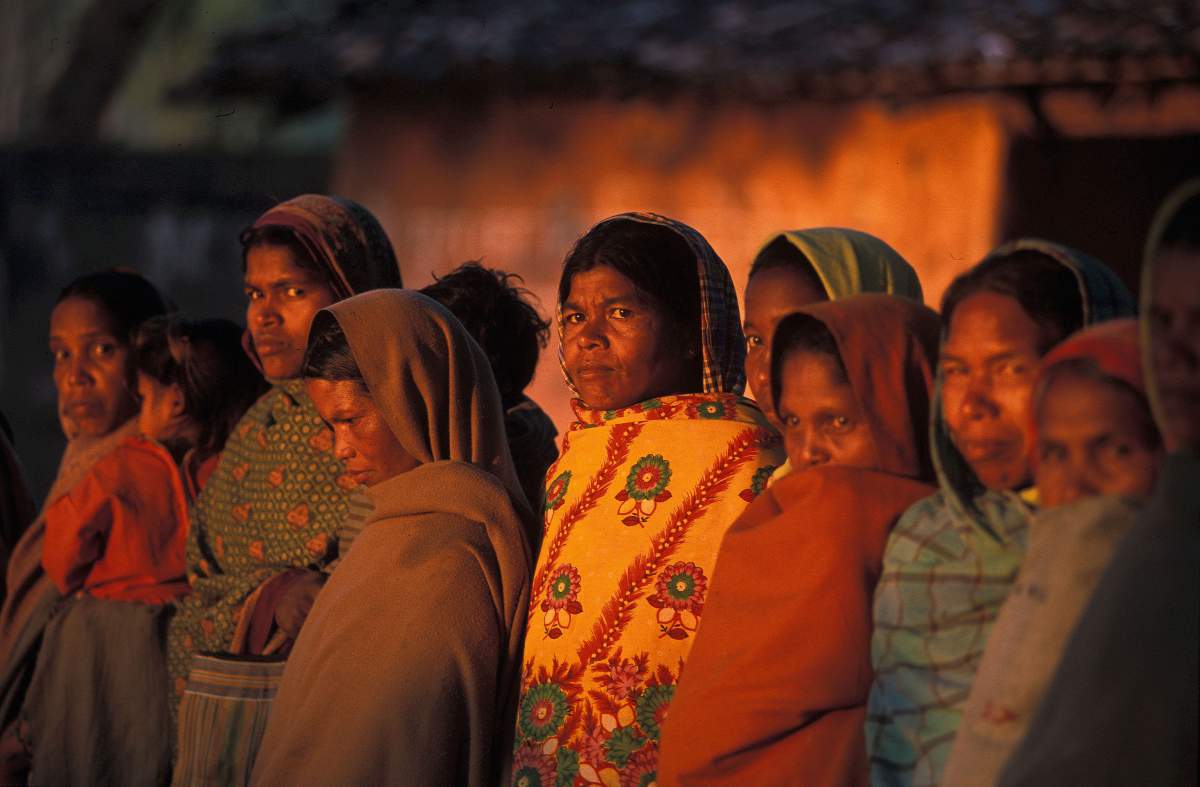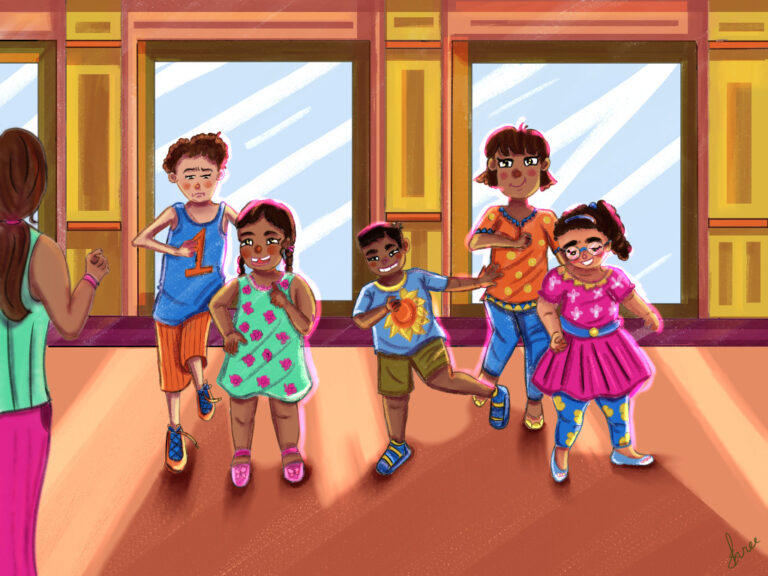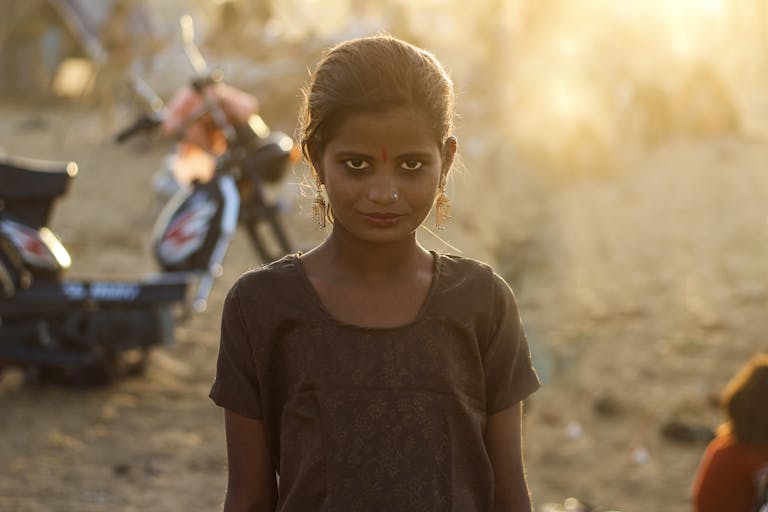Can gender-based housing rights help domestic violence victims?
Priya is a researcher and an amateur movie enthusiast, still figuring out most things in life, not taking herself too seriously but wanting others to. She likes to read and watch and write about them.
The UN General Assembly declared November 25 as the International Day for the Elimination of Violence Against Women. While most countries have recognized domestic violence as a violation of the civil and political rights of an individual, when it comes to the factors that cause such violence, little has been done. A recent fact sheet by the National Family Health Survey (NFHS) revealed that nearly 3 in every 10 women in India experience domestic violence. It also disclosed that around 30% of the women questioned, across 14 states and Union Territories, justified husbands beating their wives under certain circumstances. All circumstances presented though, were based on how women should behave in society, providing further evidence of how dangerous social norms around gender help validate violence against women.
Domestic violence occurs in the vicinage of the home, making housing the most urgent need of a domestic violence survivor (Agarwal and Panda, 2007; Bernardino, 2021), a need exacerbated by their varying levels of vulnerability. But this need is also a highly unmet one, leaving homelessness the only alternative for women wishing to leave their abusive milieu. The social and at times legal notions surrounding the concept of ‘home’, the basic unit of society, often leads to these acts of violence going unpunished. Loss of shelter exposes women to a host of other predatory problems, making more women choose violence over homelessness. A study of informal settlement dwellers in Delhi found that those communities which lacked durable housing facilities had higher rates of gender-based violence. The reasons cited were poor sanitation facilities, defenseless approach roads, and a general absence of police.
The lockdown witnessed a rise in cases of domestic violence in India. In face of the rapid urbanization the country is experiencing, where the country fails daily in providing basic services to its informal settlement residents, protection from domestic violence goes further down the list. Gender-based violence is a manifestation of the historic inequality in power relations between men and women. When women fall outside the purview of roles and responsibilities created and laid out for them by society, they face additional challenges.
Indian society is largely a patriarchal and heteronormative one, which expects women to live with a man (father, husband, or brother). This creates challenges for single women, women with different sexual preferences, and young women who choose to live by themselves. The issue of domestic violence, the most common type of gender-based violence, is an omnipresent one, affecting people in both the global north and south. The global south just has fewer to no benefits that the victims could avail themselves of. WHO estimates that 1 in every 3 women has experienced some form of violence in their lifetime. Given the bleak picture surrounding data on domestic violence, housing can provide the victims of domestic violence a means to fight it.
Eviction in the Indian context is described as the process by which the landlords eject the tenants from their property. Thus women who flee their houses to escape domestic violence, do not come under the purview of people who have been evicted. The main assumption remains that abused women choose to abandon their homes, and thus do not fall under the umbrella of traditional forced evictions, where no alternative to eviction exists. Although evicted forcefully due to domestic violence, the state fails to recognize such evictions as a forced one, or eviction at all.
While it seems cruel to assume that an abused woman leaving her abusive partner and home is voluntary, the similarity between such eviction and one caused by traditional forced evictions is not legally recognized. This gap is also a reminder of the lack of vocabulary for the scenario in the space of housing rights. Lower familiarity with the existing legal and social security systems and policies makes the process of getting aid from state institutions all the more challenging for these women. Coupled with the gendered Indian society that usually looks at domestic violence as a part of married social life, social support for these victims is also low.
The United Nations has recognized the link between domestic violence and housing rights for women. The human rights organization, Commissioner for Human Rights has also recommended incorporating anti-violence provisions in the implementation of housing rights to protect the right to housing for women in face of domestic violence. When an abused woman chooses to leave her home, she also loses her access to housing. While domestic violence is a legally recognized offense in India, patrimonial violence or the violation of a woman’s property rights, which is a specific form of gender violence, is not recognized by India’s legal framework. Housing has thus become a survival issue for most women subjected to domestic violence in the country. (Baker et. al., 2010)
Notwithstanding increased female participation in the workforce in India, over the years, women remain the primary user of the house and perform most domestic chores, paid or unpaid. Despite this, their rights and control over the household remain low. While the legal system of the country has recognized women’s right to inheritance and ownership of property, the societal and often religious structures still prevent them from taking operative control of it.
According to the World Economic Forum’s (WEF) Global Gender Gap Report 2022, released in July 2022, India ranked 135 among 146 countries in the Global Gender Gap Index, one of the worst performers in the South Asian region. The 2021 report stated that only 22.3% of women in India participate in the labor market, a figure that improved in the 2022 report. The pandemic also took away jobs from more women than men, greatly reducing female workforce participation in the post-pandemic times. These disparities in earnings have worked towards ensuring that individually, women do not achieve the position to secure private housing.
Economic dependence becomes the most determining factor after social reasons, which forces many women to stay in abusive relationships. However, despite the recognition of these socio-economic factors, further development in these aspects has not occurred. A restrictive interpretation of the right to housing has failed to recognize the urgency and severity of women’s right to housing as crucial in overcoming domestic violence. Domestic violence violates the right to adequate housing for its victims, the majority of whom are women. It creates an unsafe, hostile, and undignified living space for them and in instances where the abused are forced to flee their homes, it takes away the right to protection from forced eviction as well.
Despite a high occurrence rate of violence against women, the system is not prepared to tackle its effects. The high disparity in budget allocation for women in the Women and Child Development Ministry, which allow the majority of its funds to child-centric schemes also shows the insincerity with which the state bodies look at the issue of violence against women. The shelter homes mandated under the Domestic Violence Act are either non-existent or in extremely poor conditions. Protection Officers, who are supposed to be the first point of contact for an aggrieved person, either do not exist or have not received proper training in tackling such situations, which discourages a lot of abused women from seeking help. While some non-profits do commendable jobs in the matter, an intervention at the state level is required which recognizes the gendered aspects of housing. (Menard, 2001)
Overall, a thorough understanding of the role gender plays in accessing housing is needed at the state and institutional level to achieve some parity in housing access for women. While the 2022 Gender Gap report stated that it would take India 132 years to reach some level of gender parity, we can not wait for that long.
References
- Agarwal, B. & Panda, P. (2007) Toward Freedom from Domestic Violence: The Neglected Obvious. Journal of Human Development, 8:3, 359-388, DOI: 10.1080/14649880701462171
- Baker, C. K., Billhardt, K. A., Warren, J., Rollins, C., Glass, N. E. (2010). Domestic violence, housing instability, and homelessness: A review of housing policies and program practices for meeting the needs of survivors. Aggression and Violent Behavior, 15(6), 430-439. https://doi.org/10.1016/j.avb.2010.07.005.
- Bernardino, R. L. (2021) Housing for Survival: insecurity of tenure, property loss and domestic violence against women in Recife. 2021. Tese (Doutorado em Desenvolvimento Urbano) – Universidade Federal de Pernambuco, Recife, 2021.
- Business Standard. (2021, February 01). Women and Child Development Ministry’s budget hiked by 16 per cent. Retrieved September 20, 2022, from https://www.business-standard.com/budget/article/women-and-child-development-ministry-s-budget-hiked-by-16-per-cent-121020101111_1.html
- Business Today. In. (2021, July 27). Women participation in labour force rises to 30% in 2019–20; unemployment rate down to 4.2%: Govt. Retrieved September 18, 2022, from https://www.businesstoday.in/latest/top-story/story/women-participation-in-labour-force-rises-to-30-in-2019-20-unemployment-rate-down-to-42-govt-302568-2021-07-27
- Chaplin, S. & Kalita, R. (2017). Infrastructure, gender and violence Women and slum sanitation inequalities in Delhi: Final Research Report. 10.13140/RG.2.2.18704.30724.
- Commissioner For Human Rights. (2009, June). Recommendation Of The Commissioner For Human Rights On The Implementation Of The Right To Housing. https://rm.coe.int/16806da713
- Gangwar, S., DA, F., Bhageshwar, P. N., & Bajaj, S. (2021, August 24). Rapid urbanisation: Where do urban poor stand? Down To Earth. Retrieved December 21, 2021, from https://www.downtoearth.org.in/blog/urbanisation/rapid-urbanisation-where-do-urban-poor-stand–78613
- Hindustan Times. (2021, March 25). Domestic violence complaints against women spiked in year of lockdown: NCW data. Retrieved September 21, 2022, from https://www.hindustantimes.com/india-news/domestic-violence-complaints-against-women-spiked-in-year-of-lockdown-ncw-data-101616665002984.html
- United Nations Economic and Social Council. (2005, February). Economic, Social and Cultural Rights Women and adequate housing. https://www.un.org/womenwatch/ods/E-CN.4-2005-43-E.pdf
- World Economic Forum. (2021, March). Global Gender Gap Report 2021 Insight Report March 2021. Retrieved September 17, 2022, from https://www3.weforum.org/docs/WEF_GGGR_2021.pdf
- World Economic Forum. (2022, July). Global Gender Gap Report 2022 Insight Report July 2022. Retrieved September 17, 2022, from https://www3.weforum.org/docs/WEF_GGGR_2022.pdf
- World Health Organization. (2021, March 9). Violence against women. (n.d.). Retrieved September 21, 2022, from https://www.who.int/news-room/fact-sheets/detail/violence-against-women
- Kumar, M. (2021, August 3). India’s female labour participation rate falls to 16.1% as pandemic hits jobs. Reuters. Retrieved September 17, 2022, from https://www.reuters.com/world/india/indias-female-labour-participation-rate-falls-161-pandemic-hits-jobs-2021-08-03/
- Menard, A. (2001). Domestic Violence and Housing: Key Policy and Program Challenges. Violence Against Women, 7(6), 707–720. https://doi.org/10.1177/10778010122182686
- National Family Health Survey – 5, 2019-21 (http://rchiips.org/nfhs/NFHS-5_FCTS/India.pdf)








